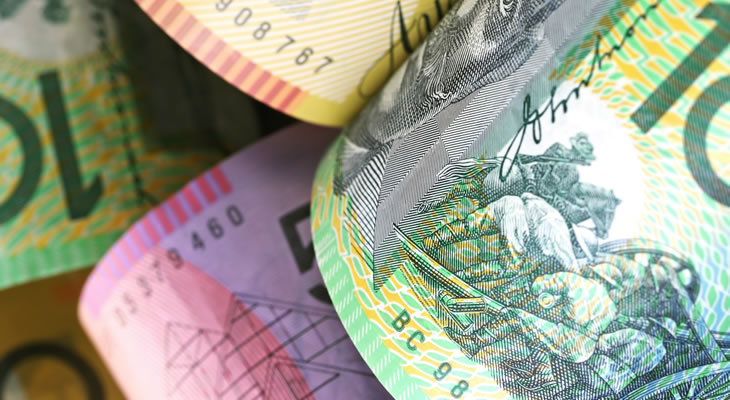Improved BoE Brexit Forecast Boosts GBP/AUD Exchange Rate
UPDATE: As the Bank of England (BoE) revised its worst-case Brexit scenario this offered the Pound Sterling to Australian Dollar (GBP/AUD) exchange rate an additional boost.
With the BoE now forecasting a loss of 5.5% of gross domestic product in the event of a no-deal Brexit, as opposed to 8%, the mood towards the Pound improved.
Although the outlook remains uncertain, with growth still likely to see a slowdown, this was not enough to weigh down GBP exchange rates.
Underwhelming Australian Growth Boosts Pound Sterling Australian Dollar (GBP/AUD) Exchange Rate
A slowdown in the second quarter Australian gross domestic product encouraged the Pound Sterling to Australian Dollar (GBP/AUD) exchange rate to recover ground.
As the headline growth rate eased from 1.7% to 1.4% on the year this suggests that recent global trade tensions have negatively impacted the Australian economy.
This latest sign of domestic weakness could encourage the Reserve Bank of Australia (RBA) to adopt a more cautious outlook in the months ahead.
With the risk of a return to monetary loosening remaining the mood towards the Australian Dollar (AUD) naturally soured.
Pound Sterling (GBP) Exchange Rates Rally as Risk of No-Deal Brexit Declines
Confidence in Pound Sterling (GBP), meanwhile, improved as hopes of a delay to Brexit swelled in the wake of MPs taking control of parliamentary business.
This major defeat for Boris Johnson saw the government lose control of parliament, underlining the fact that the Conservatives now lack a working majority.
The dramatic move appeared to reduce the odds of the UK crashing out of the EU in October, with MPs now having more opportunity to legislate against a no-deal scenario.
However, the strength of the GBP/AUD exchange rate was still ultimately limited as August’s UK services PMI slowed to a state of near-stagnation.
Chris Williamson, chief business economist at IHS Markit, noted:
‘Business activity in the service sector almost stalled in August as Brexit-related worries escalated, curbing spending by both businesses and consumers. So far this year the services economy has reported its worst performance since 2008, with worrying weakness seen across sectors such as transport, financial services, hotels and restaurants, and business-to-business services.’
With growth in the service sector lacking the risk of a third quarter economic contraction and a subsequent technical recession rose.
Narrowed Trade Surplus Forecast to Weigh on Australian Dollar
Even so, the GBP/AUD exchange rate could find further support on Thursday with the release of July’s Australian trade balance figure.
With the trade surplus forecast to narrow from 8 billion to 7.4 billion confidence in the underlying health of the Australian economy is likely to weaken.
Further evidence that international trade tensions have continued to hamper Australian growth in the third quarter would leave the Australian Dollar vulnerable to fresh downside pressure.
On the other hand, a widened surplus could encourage AUD exchange rates to trend higher across the board on the prospect of more resilient growth.
If US data continues to disappoint in the days ahead this could offer additional support to the antipodean currency, with a weaker US Dollar (USD) set to shore up risk-sensitive assets.


Comments are closed.